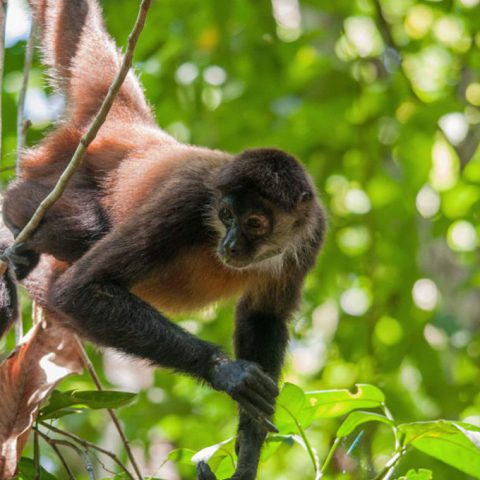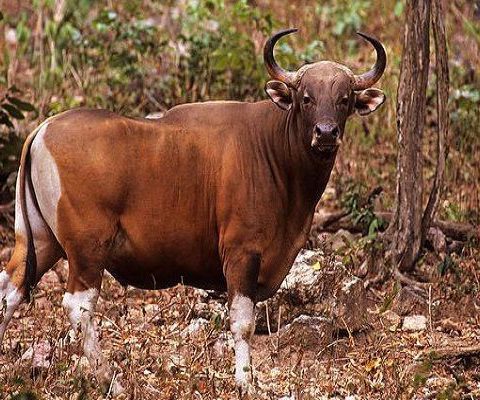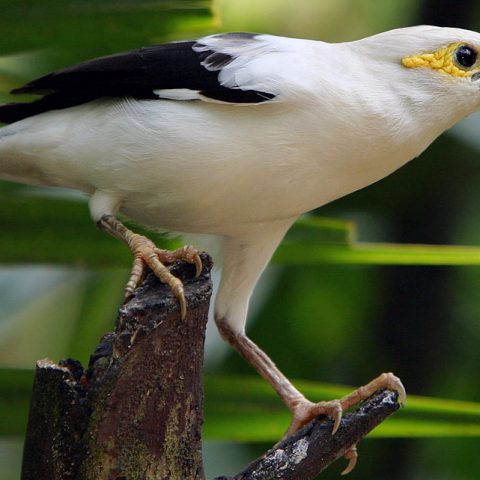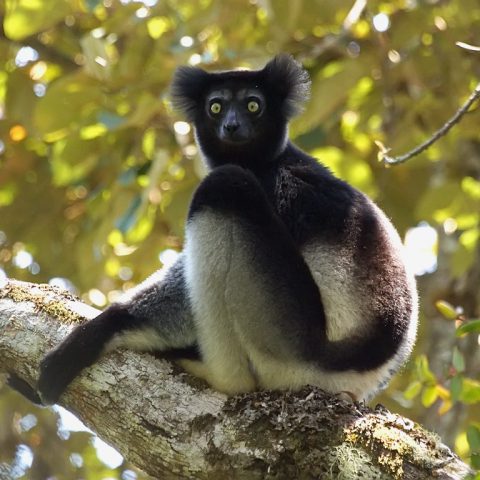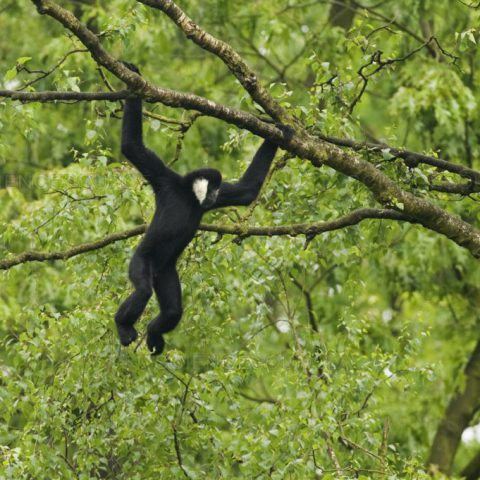African Wild Ass
![]() Critically Endangered
Critically Endangered
Population
It is estimated that around 570 individuals remain in the wild
Size
The species grows to 2 metres long and between 1.25 and 1.45 metres tall
Weight
Individuals weigh between 230 and 275 kilograms
Countries
Eritrea, Ethiopia and Somalia
Distribution
The African Wild Donkey is found only in small scattered populations in Eritrea, Ethiopia and Somalia.
Description
The African Wild Donkey stands up to 1.45 metres long and is around 2 metres long and sports a short light grey coat which can range in colour to a light fawn which then fades to white the closer to the underbelly.
Other distinctive features of the African Wild Donkey includes a distinctive strip acroos the shoulder, black and white strips on their legs which resemble a zebra and the species has a stiff upright mane which has black tips.
African Wild Donkeys have large ears.



Quick Facts
Key behaviour of the African Wild Donkey includes:
- The species is mostly active in the cooler hours of the day from late afternoon and early morning
- During the day the species seeks shade in the rocky hills
- The species is very agile and can quickly move across boulder fields and mountains. On flats the species has been record moving up to 70 kilometres per hour!
- Mature males defend their territories which can be as large as up to 23 square kilometres. The species marks its territory with dung piles. Due to large territories, intruders are simply shunned and not included in the group
- Herd sizes can be as large as 50 individuals
- Breeding for the species occurs in the wet season. The gestation period lasts for 11 to 12 months and the foal is weaned for 6 to 8 months
- The species lives for around 40 years (in captivity, wild lifespan is not known)
- When threatened, the species won’t flee immedietly, they will decide whether to fight using kicks or to flee at speed
The African Wild Donkey eats:
- Barks
- Grasses
- Leaves
The species often gets moisture from grasses and leaves but will often still need to drink at least once every 3 days, but can survive on small amounts of water.
The species prime habitat is desert or semi-desert. The species does live in spread groups with large ears to keep cool, hear and loud voices to communicate over range.
The main threats to the existence of the African Wild Donkey are:
- Hunting by humans for their meat or perceived medicinal benefits
- Limited availability to drinking water within the species habitat due to competition with livestock
Conservation Efforts
Currently there are no specific conservation efforts or programs for the species as there is a very large domesticated population of the animal. The wild populations are in danger of going extinct, but the domestic is most definitely not. As a result, there is limited conservation efforts for the wild population.



